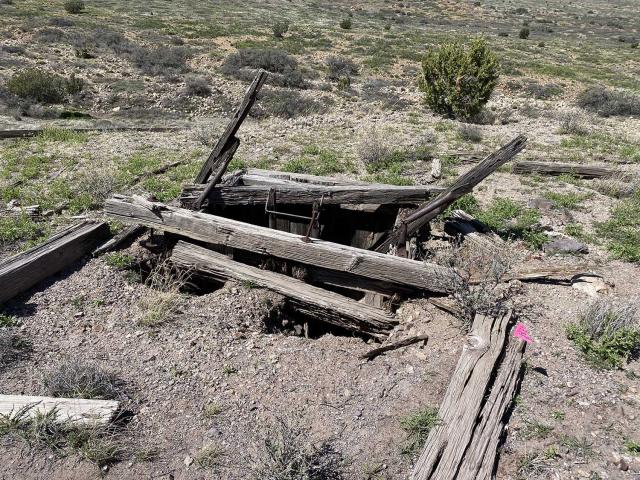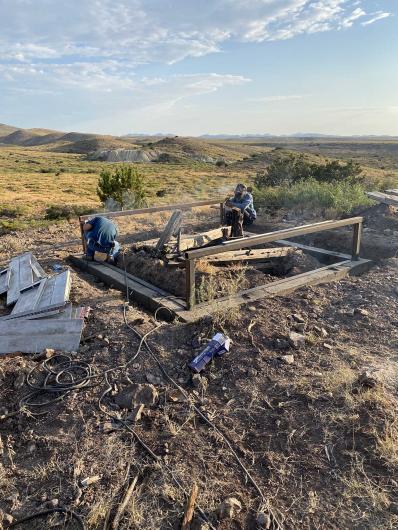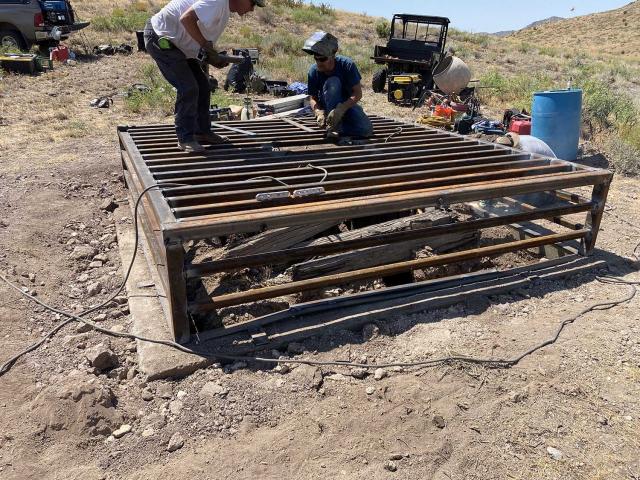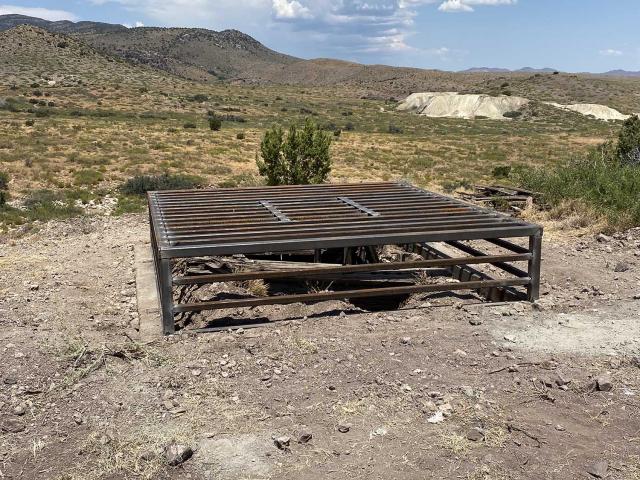Related Stories
- BLM New Mexico partners with Wilderness Inquiry for Canoemobile event
- Training pays off during BLM cave rescues near Carlsbad
- A day in the life of a BLM Hobbs Petroleum Engineering Technician
- Taos Field Office conducts fish population survey in the Rio Grande del Norte National Monument
- Local students continue habitat restoration on public lands in Gas Hills; nearly 7,000 sagebrush seedlings planted to date
Office
1800 Marquess Street
Las Cruces, NM 88005-3371
United States
Phone:
Email:




